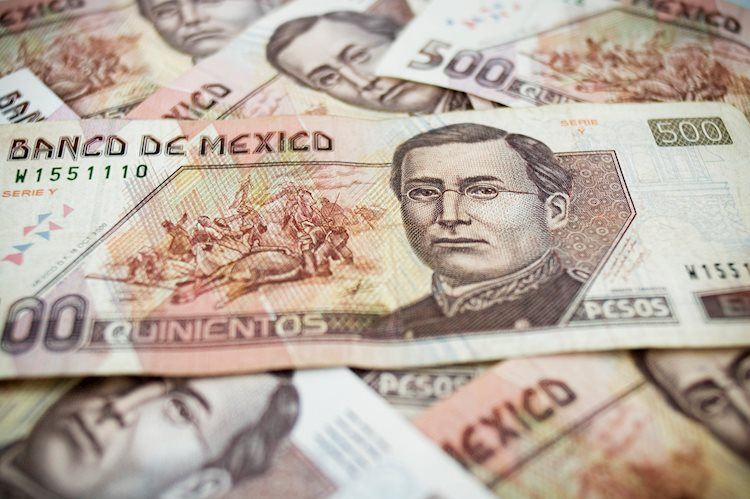The Mexican Peso has been facing pressure against the US Dollar due to robust US data, causing the USD/MXN to clear the 20.00 mark. The US Retail Sales and job data performed better than expected, boosting the Greenback. The USD/MXN is currently trading at 19.92, up by 0.28% from its opening price.
The USD/MXN surpassed the 20.00 figure following the announcement of solid US Retail Sales in September and lower than projected unemployment benefit claims. The US Dollar Index (DXY) also rose by 0.26% to 103.80. Despite this, the Federal Reserve is expected to cut interest rates by 25 basis points in its upcoming meeting in November.
On the economic front, Mexico has experienced a slowdown, with the IMF lowering its growth forecast for 2024 to 1.5%. This downward revision highlights the challenges facing the Mexican economy, including rising inflation risks. Former President Donald Trump’s threat to impose tariffs on Mexican-made cars if elected has further added to the Peso’s woes.
Further market data will be revealed, which could influence the direction of the USD/MXN pair. Building Permits, Housing Starts, and Fed speeches will be closely monitored to gauge market sentiment and potential movements in the currency pair.
The Banxico, or the Bank of Mexico, is Mexico’s central bank responsible for maintaining the value of the Mexican Peso and setting monetary policy. By setting interest rates, Banxico aims to control inflation and stabilize the economy. Higher interest rates make borrowing more expensive, which can help curb inflation but can also strengthen the Mexican Peso.
The Banxico meets eight times a year and often takes cues from the US Federal Reserve’s monetary policy decisions. Anticipating and reacting to Fed decisions is crucial for Banxico to ensure stability in the Mexican economy. For example, after the Covid-19 pandemic, Banxico raised rates before the Fed to prevent a significant depreciation of the Peso and potential capital outflows.
Overall, the Mexican Peso’s recent struggles against the US Dollar are influenced by a combination of strong US data, expectations of a Fed rate cut, and domestic economic challenges. The ongoing uncertainty surrounding US-Mexico relations and the potential impact of future policies on Mexico’s economy are likely to continue influencing the USD/MXN pair in the coming months.











